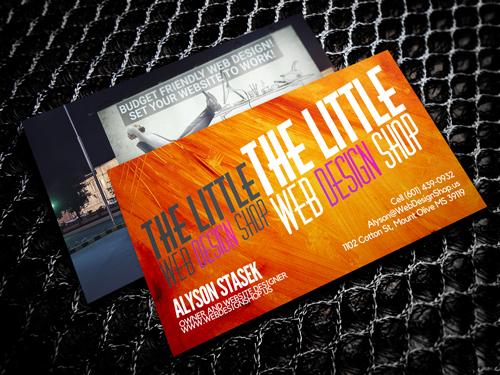In the digital age, a website serves as the virtual face of a business, making its design and functionality paramount to success and to the value of your business. However, behind the sleek interfaces and seamless navigation lies a shadowy realm where some web designers exercise undue control, resorting to bullying tactics and limiting the business owner’s access to their own digital asset. Sadly, you are not only at risk via hackers and identity theft in today’s world of technology, you are also at risk from the very company you pay to look after your online business interests!
The relationship between a business owner and a web designer should be one of collaboration and mutual respect. Unfortunately, in some cases, this dynamic morphs into a power struggle, with designers wielding their technical expertise to intimidate and manipulate clients.


One of the most insidious tactics employed is the deliberate restriction of access to the website.
Imagine investing time, money, and trust into the development of your business’s online presence, only to find yourself locked out of making essential updates or modifications. This scenario is more common than one might think. Web designers, whether out of a desire for job security or a penchant for control, may withhold login credentials, maintain sole access to crucial backend systems, or even refuse to provide necessary training for website management.
Such practices not only undermine the business owner’s autonomy but also pose significant risks. Without access to their own website, owners are effectively held hostage to the designer’s whims.
Urgent updates, security patches, or content revisions become dependent on the designer’s availability and willingness to cooperate, leaving businesses vulnerable to downtime, security breaches, or outdated information.

Moreover, this power dynamic can extend beyond technical matters, infiltrating decision-making processes and branding strategies. Business owners may find themselves coerced into adhering to the designer’s vision, regardless of whether it aligns with their goals or preferences.
In extreme cases, designers may exploit their position to extract additional fees for minor alterations or hold the website ransom until exorbitant demands are met.
So, what recourse do business owners have in the face of such coercive behavior?
- Firstly, clear communication and expectations-setting from the outset of the project are crucial.
- Contracts should explicitly outline ownership rights, access privileges, and protocols for transitioning control back to the business owner upon project completion.
- Furthermore, it’s essential for business owners to educate themselves about the technical aspects of their website, even if they’re not proficient developers. Basic training sessions or tutorials can empower them to perform routine tasks, such as content updates or plugin installations, without relying solely on the designer.
In cases where disputes arise, seeking legal counsel may be necessary to resolve conflicts and enforce contractual agreements.
Businesses should not hesitate to assert their rights and demand access to their digital property.
While legal proceedings can be daunting and time-consuming, they are often the only recourse to reclaiming control and holding unscrupulous designers accountable for their actions.
Ultimately, the relationship between a business owner and a web designer should be built on trust, transparency, and collaboration. Designers have a responsibility to empower their clients and facilitate their success in the digital realm, rather than exerting control for personal gain. By shedding light on these bullying tactics and advocating for owner rights, we can foster a more equitable and respectful landscape within the web design industry.
Don’t get Caught in this Legal Trap with a Web Designer or Web Design Company!!!




Here are FIVE guidelines you should follow and verify with any new web design company that you are considering working for you. If your web designer tries to talk you out of the following guidelines, you should proceed with high caution. These are ALWAYS on my list to make sure my client is either in control of or readily has available:
- You should own and manage your own domain (website address or also known as a URL)! You can always set up a special login for your web design company if they need to access your account where your domain is registered.
- You should own your own hosting! You can always set up a special login for your web design company if they need to access your hosting or FTP account or need to manage any feature within your hosting account.
- Ask your web designer what software they are using and if you get an ADMIN login to be able to edit your website and add new features too. If the site is 100% coded, then editing may not be available to you, but make sure you set up an ongoing contract for edits/changes/updates.
- Always ask for a copy of your website in a format that you can upload to new hosting if you need too. You should ALWAYS have a backup of your website either directly via the files (if it is custom coded), or via a backup option in your hosting.
- Finally, verify the business is legitimate, and follow up with testimonials on their website and on Google My Business and any other platform that will give you some “inside” information on the business you are considering working with.
As a web designer myself, I find this topic to be particularly personal, as these tactics by Web Design Companies who do not have their client’s business and legal interests and needs at the forefront of their mind and contract, place an incredibly negative after taste in the industry and makes it tough for authentic and honest web design companies to gain trust from those business owners that have been tricked.
I have had several companies reach out to me just in the last couple of weeks, with challenges that they are seeing with NOT being able to access their website, hosting and even their domain name! In one instance the designer wanted to charge the company nearly $200 for adding Google Analytics code to their website. This is a 5-minute job and Google Analytics is FREE! Hardly worth the $200 bill!
So please beware! Ask all the right questions, and do not fall for a salesman saying it is easier if they just purchase your domain and hosting for you! Believe me, they do not want it to be easier for you, they want to control you and restrict your access to one of your business’ most valued items and try to keep you beholden to them!
About the Author
Alyson Stasek is the owner of The Little Web Design Shop, LLC based in Mount Olive, Mississippi. The Web Design Shop works with small businesses to help them with their online identity, website, social media, marketing, and search engine optimization.
Essentially, The Web Design Shop helps small businesses to grow, succeed and to develop an online identity and brand that will take them into the future. This can include helping right from the beginning and the initial concept for a company. Services include designing of a logo, writing a business plan, domain & hosting purchases, email, and set up social media accounts, in addition to web design, development and marketing support.
The road is long, and full of distractions and hazards. Let The Little Web Design Shop help guide you and support you.
www.WebDesignShop.us | Office 601 667 0009 | info@WebDesignShop.us | Cell 601 439 0932















Leave a Comment: